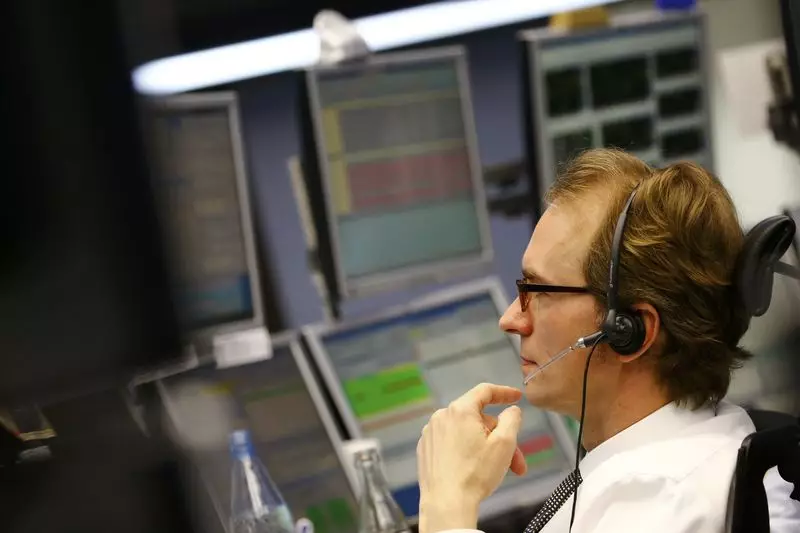As the financial landscape continues to evolve globally, the Mexican central bank’s upcoming decision regarding interest rates is drawing significant attention. Deputy Governor Jonathan Heath has indicated that a potential interest rate cut—ranging from 25 to 50 basis points—could be on the table for February 2025. This potential shift in policy occurs amid considerable uncertainty surrounding international trade, particularly given the implications of U.S.-Mexico relations.
The backdrop of this consideration is an ongoing trend of rate reductions initiated earlier in the year, where the central bank has steadily lowered rates by 25 basis points. However, as inflation trends favorably downwards, there appears to be an openness to explore more substantial cuts. Inflation dynamics are particularly critical in this context, as they play a pivotal role in shaping monetary policy decisions. With inflation on a deceleration path, the bank’s strategic approach appears focused on fostering economic growth while mitigating downside risks.
One of the primary concerns influencing Mexico’s monetary stance is the potential for heightened tariffs on imports from Mexico to the United States. President-elect Donald Trump’s intention to impose a significant 25% tariff on Mexican goods, contingent on increased efforts to manage cross-border issues, introduces a layer of unpredictability. Should such tariffs come into effect, they could severely impact Mexico’s exports and overall economic stability.
Heath’s commentary underscores the complexities surrounding the central bank’s decision-making process. He noted that if no major disruptions are voiced during Trump’s inauguration speech on January 20, 2025, the conversation among policymakers may shift toward considering a rate cut. However, this is heavily dependent on prevailing economic conditions and inflation trajectories aligning with forecasts. This illustrates a balancing act between domestic economic objectives and the external pressures exerted by U.S. trade policy.
As the Mexican economy navigates these turbulent waters, various factors will weigh heavily on the ultimate decision regarding interest rates. Foremost is the economic forecast, which, according to analysts surveyed, suggests a slowdown in growth—projected at just 1.12% for 2025 compared to 1.6% in the preceding year. Such projections indicate that the private sector remains wary, closely monitoring external elements that could disrupt economic stability.
Equally important is the trajectory of inflation; expected to decline to 3.8% by the end of 2025, significantly down from the 4.37% projected for 2024. This gradual easing of inflation supports the rationale for a potential rate cut, as the central bank aims to realign its monetary policy with evolving economic realities. Nevertheless, there is reluctance to undertake aggressive adjustments without further clear indicators of sustained economic health, particularly in sectors sensitive to inflation fluctuations.
Looking beyond the immediate future, Heath’s optimistic prediction suggests that if Mexico manages to circumvent negative shocks, inflation could stabilize around 3% by 2026, with a neutral monetary stance paving the way for more robust economic expansion. This outlook presents a vision of recovery but is not without challenges. The central bank’s decision-making will still be influenced by diverse opinions among board members regarding the pace and magnitude of rate cuts necessary to achieve inflation targets effectively.
Ultimately, the Mexican central bank is at a crossroads, faced with nuanced decisions that lie at the intersection of domestic needs and external pressures. This moment requires a careful analysis of both current economic indicators and future projections. With inflation slowing and growth at stake, the path forward demands a critical balance—one that deftly navigates the challenges posed by international relations while focusing on sustaining domestic economic momentum. How the bank chooses to manage these complex dynamics will undoubtedly shape Mexico’s economic landscape for years to come.

